 I have a confession to make.
I have a confession to make.
Until about a year ago, I had ZERO interest in understanding or being involved in our finances. I call myself a feminist, but I was more than happy to let Corey completely run our finances. He tried to get me involved but to no avail.
I have had a complicated relationship with money. I felt guilty about having money, so I preferred to keep it out of sight and out of mind.
It’s no surprise that Corey and I were not on the same page in regards to our finances for the first 9 years of our marriage.
Corey is much more of a “save for the future” kind of guy, and I’m much more of a “live your best life now” kind of gal.
While these never felt like irreconcilable differences, our finances felt like a tug of war of competing goals and priorities.
Over the last year, magic happened.
Through getting on the same page, we have considerably more momentum toward our new shared goal of financial independence. There’s certainly a lot more momentum than when only Corey was interested in pursuing FI (and trying to bring me reluctantly along).
Even more valuable, after almost ten years, our marriage feels like a partnership more than ever before.
Being on the Same Page is Pivotal for Financial Independence
While it’s valuable for partners to be on the same page to achieve any financial goal (i.e. paying down debt, saving for a house, etc.), being aligned when pursuing FI is even more important.
For shorter-term goals, it’s not fun, but possible, to embrace a deprivation mindset for a period of time without it feeling like you are missing out on too much of your life.
Financial Independence is a much longer-term goal, requiring people to understand what they truly value in life and how much is enough, both now and in the long term.
Because Corey and I are on the same page, we know:
- What our ideal life looks like
- What we value (and what is worth it to spend money on)
- What we don’t value (and what isn’t worth spending money on)

Alignment on these key things is where I believe magic can happen. Because we’ve become much more intentional about our spending, we’ve been able to double our savings rate. This intentionality speeds up our timeline to reach financial independence.
Challenges of Not Being on the Same Page
As I mentioned above, this alignment was not always the case for us. Because I didn’t want to be involved in our finances, we experienced some challenges. I would imagine these are common among couples that don’t have shared ownership over their finances.
Tug of War
While never irreconcilable, our mindsets about money conflicted. Our marriage sometimes felt like a tug of war.
Corey would try to get us to save as much money as possible for the future, and I’d say that I wanted to travel and live a fulfilling life now, thinking both weren’t possible.
I am a strong-willed person, so Corey would feel like he couldn’t push us to save more of our income. “We are already saving a respectable 25%,” I would say.
Instead, he would optimize our finances so that he could squirrel away more of our income without me feeling the impact. That way he could say, “Well, we saved 37% of our income last year, and you didn’t even notice. I bet we could do more.”
Resentfulness
While I knew our finances were “fine,” I had no idea what that actually meant.
I didn’t know how much money we had or how much money we spent on a monthly or yearly basis. Therefore, I wanted to “live my best life now,” but at the same time, I didn’t feel empowered to spend money on big purchases that would add value to our lives.
I would watch as Corey bought things associated with hobbies that enriched his/our lives (i.e. a DSLR camera, golf clubs, a top of the car storage container for camping, etc.), and I realize now that I resented it.
I would say things like, “Do we really need that?” And he’d say, “No, but we can afford it and it’ll make ______ better.” I’d begrudgingly agree to the “trust me; it’s fine” statement while not knowing enough of the facts to have a real opinion.
Since I didn’t know for myself how much money we had, I didn’t feel empowered to recommend big purchases for things, trips, or experiences that would add value and happiness to our lives.
One Partner “Policing” the other
When only one partner knows about the finances, it puts the responsibility on that person to “police” the budget. If you spend more money than your budget or overspend in specific categories, it puts the burden on the person who knows to correct the other partner’s behavior.
This doesn’t feel good to either person. If you are a strong-willed person like me, being told what to do or not do often leads me to do the opposite. This required Corey to be very delicate in the ways he communicated these things.
Now that I know this, I wish I had not put him in this position for so many years.
Confusing Intentionality with Deprivation
In 2017, Corey set a New Year’s Resolution that we would only order in one time per month. There wasn’t really a reason for this besides saving more money.
Because I did not really have an understanding of why saving more money was important or what it would enable us to do in the long-term, I did not appreciate this resolution.
At the time, I was working crazy hours at my job, was extremely stressed, and anything that I could do, including ordering in, would help ease my burden.
At the time, I did not have an understanding of financial independence or opportunity costs. Trying to limit our ordering in felt like deprivation. What felt like an intentional decision to Corey felt like deprivation to me.
How to Get on the Same Page as your Partner
Having your partner as your traveling companion on your journey to Financial Independence (or life in general, if FI is not your goal) is crucial to building momentum to reach your goals and live your best lives during the pursuit of those goals.
We know from the research on motivation that the reason why people make changes in their lives is that they feel inspired to make the change.
It’s not by knowing the mechanics. It’s not being told what to do. It having a vision for what you want instead and working toward it.
We got on the same page by understanding each other’s core motivations and envisioning our ideal life. Both of these things made us feel inspired to get on the same page.
Understand Each Others’ Core Motivations
When Corey first introduced me to Financial Independence, I honestly didn’t get it. My primary goal at the time was to be successful in my career.
I had read books like, “Lean in” that told me women who are successful in their careers share the home and child-rearing responsibilities 50/50 with their spouse. Successful women, according to the book, also pay for a lot of conveniences (i.e. lunch at work, a house cleaner, etc.) to get through the weeks and years.
Last year, the two of us did a book swap. I asked Corey to read “Lean In” so that he would understand my perspective, and he asked me to read “Your Money or Your Life,” so I would understand his. This process was transformational for both of us.
At first, I was quite skeptical of “Your Money or Your Life.” It seemed too simple but, at the same time, impossible. When I read the chapter that asked what I would do if I didn’t need to work for money and then explained that you can use your money to buy back your time, I was hooked.
I remember turning to Corey and asking, “Is this real? Do we have a timeline?” When he pulled up his spreadsheets and said, “Less than 10 years,” I was in.
At the time, I couldn’t articulate what I would do if I didn’t need to work for money, but I have done some work since then to figure it out and (re)discover my passions.
Not only did I learn to understand Corey’s perspective through this process, but he also sought to understand mine as well.
After reading “Lean In,” he got a greater understanding of the challenges that women experience both in the workplace and at home. While he’s always been great at doing his fair share of the housework (likely more than 50%), he started to help out even more.
As a result of this process, we were able to get into much greater alignment regarding our spending. One example of this is around our food spending. I now understood why he wanted to order in less, and he understood why I wanted to order in more.
In our division of labor, I was in charge of food planning, grocery shopping, and cooking (he’s in charge of most cleaning… honestly, I don’t even know how to clean a bathroom…). Because I worked long hours, I’d be exhausted once I got home, and this is why we ordered take-out often.
After our book swap, we started to do more of our meal planning together. Because Corey got home about an hour before I did, he’d start the meal prep before I got home. This alignment was only possible because we both sought to understand what was important to each other.
Design Your Ideal Life Together
I was also very inspired by the idea that it was possible to design our ideal lives. Prior to understanding our FI, I thought there was only one option in life. That was to work full-time at a job you hopefully didn’t hate.
There were two early Fioneers who have inspired us to create a vision for our ideal life. They both have inspiring stories of getting into alignment with their spouse by understanding what they value in life and envisioning their ideal lives.
Scott Rieckens – Playing With Fire
Scott Rieckens, the creator of the documentary (and book), “Playing with FIRE,” describes the process he took to help his spouse understand FI in episode 37 of the ChooseFI podcast.
Pursuing FI was critically important to him, so he planned out the way he’d talk to his spouse based on what he believed would connect most with her. He decided to frame the discussion around happiness.
Because FI is such a long-term path, he wanted them to think through the short-term implications to their happiness also.
He asked her to create a list of the 5-10 things that made her happy on a weekly basis. On her list were things like reading her baby a book, listening to her baby laugh, having a cup of coffee with her husband, drinking a glass of wine at night, chocolate, riding bikes, and spending time with her family.
From this process, they learned a few key things:
- The things that made them the happiest in life weren’t about consumption. The few things on their happiness list that cost money (coffee, wine, chocolate) were minimal costs. The things that cost the most money (i.e. the big house on the island in southern California) that were keeping them locked in their jobs were not significant sources of their happiness.
- If they were able to pursue FI and get out of the rat race, they would be able to spend more of their time doing the things on their happiness list.
The Mad Fientist’s Wife
Brandon’s (aka the Mad Fientist) wife, Jill wrote a post on his blog several years ago called, “How to get your Spouse on Board with Early Retirement.” It was a very interesting read because I had heard earlier podcasts where Brandon had discussed that his wife was not a “Fientist.”
In this article, Jill shares how she always enjoyed having money to spend on the things she wanted. Money always seemed to burn a hole in her pocket.
She, then, describes a moment in which her outlook changed. It wasn’t from Brandon pushing or prodding. On their honeymoon, Brandon asked her a simple question, “What would be your perfect life?”
At the time, this was a difficult question to answer because, like me, she’d never really thought about it. She believed that people don’t really have that many options in life.
Jill and Brandon brainstormed together and eventually came up with a vision for their perfect life, which would involve spending time with family and friends, traveling, learning, and creating.
I loved Jill’s conclusion about how Brandon got her on board. Her words are much more inspiring than mine could be.
Once Corey and I together realized what was possible in life and were working toward shared goals, it was a lot easier to get on the same page about our finances. Some things that formerly felt like deprivation started to feel like intentionality because we knew where we were heading.
Steps to Motivate your Partner to Pursue Financial Independence
Start by trying to deeply understand and connect with their current motivations. As it was in our case, maybe understanding their core motivations would cause you to live your life differently too.
The next step is to envision your ideal lives, by asking questions like:
- What would you do if you didn’t have to work for money?
- If you had all of the time and money in the world, how would you spend your days?
- What are you truly passionate about?
- What are the top 5-10 things that make you happy on a weekly basis?
- What would your perfect life look like?
Once you both are on the same page about your vision for the future and how your financial goals could enable this vision, this is where the magic will happen. Like us, I hope you feel like true partners living intentionally as you build your ideal life.
What have you done to get on the same page with our spouse or partner?



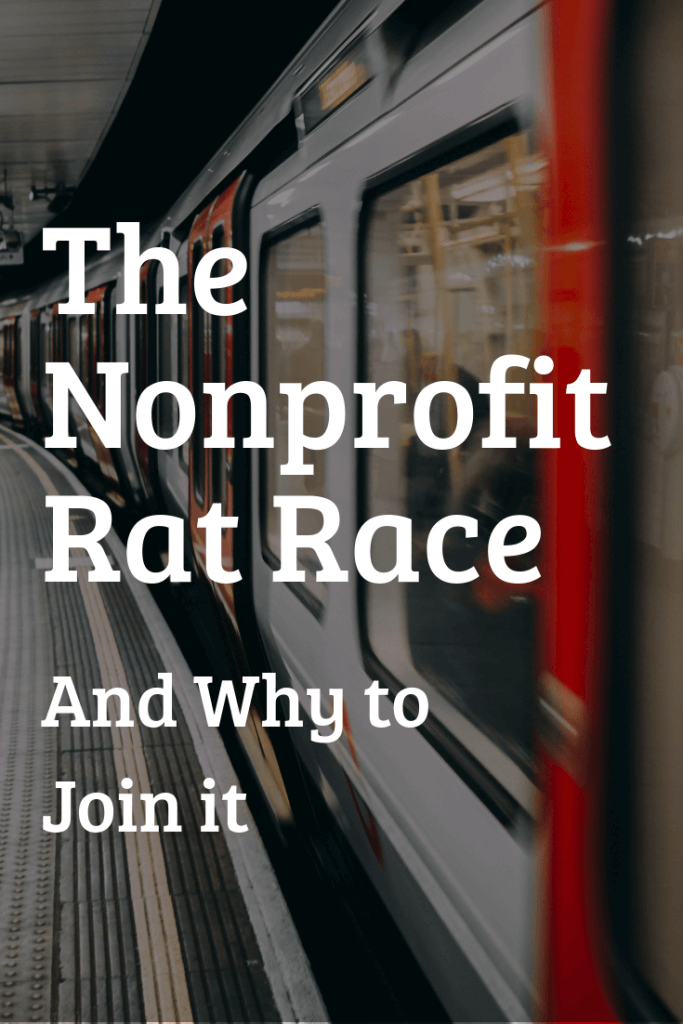

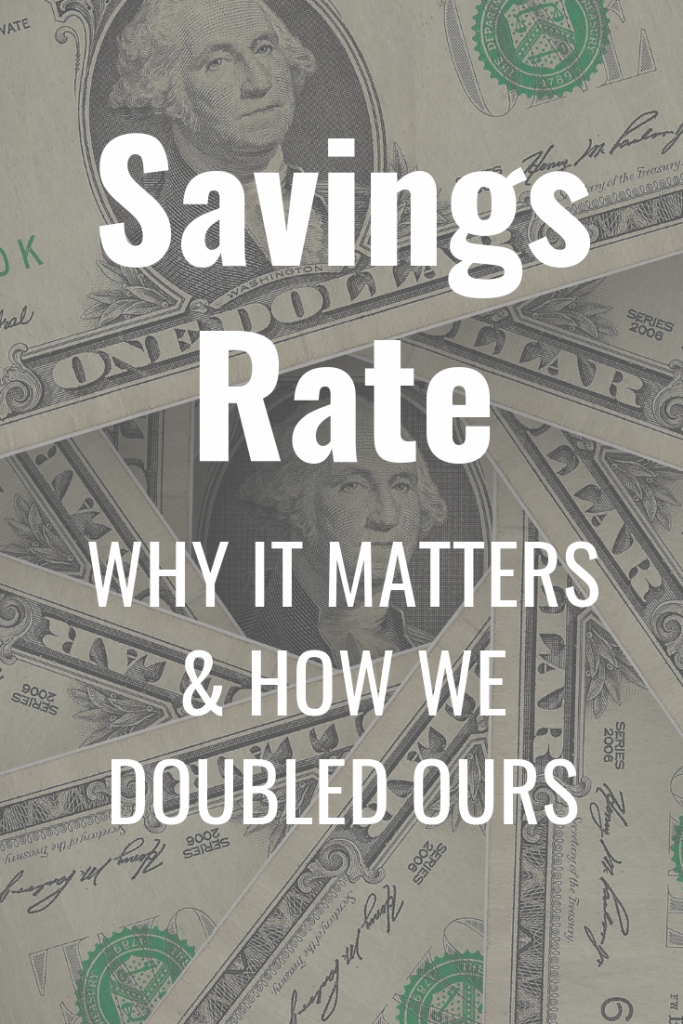
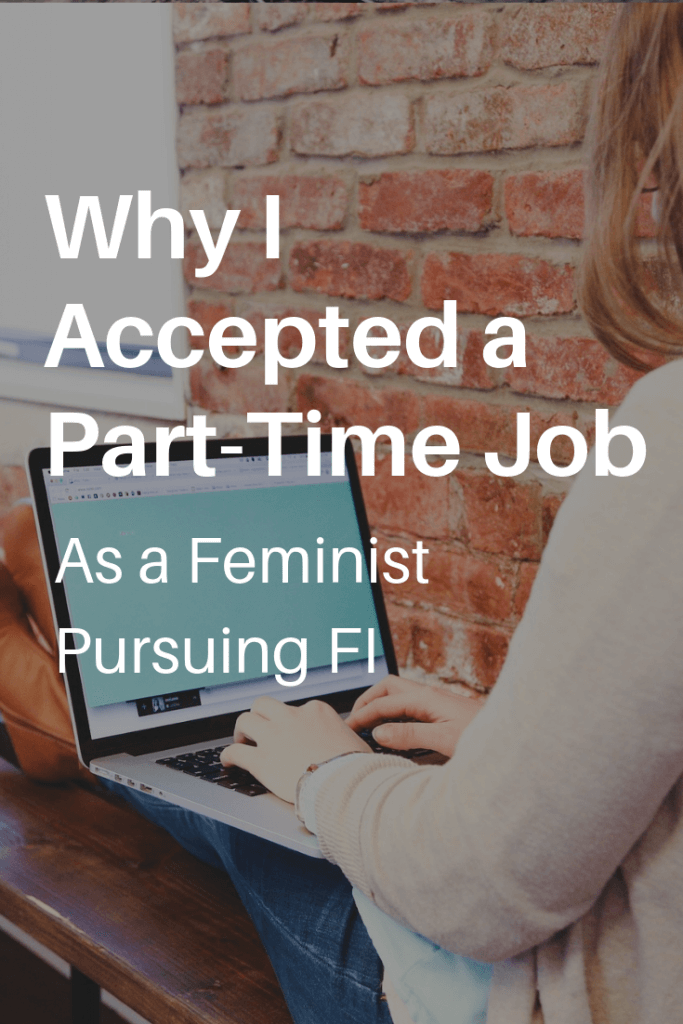
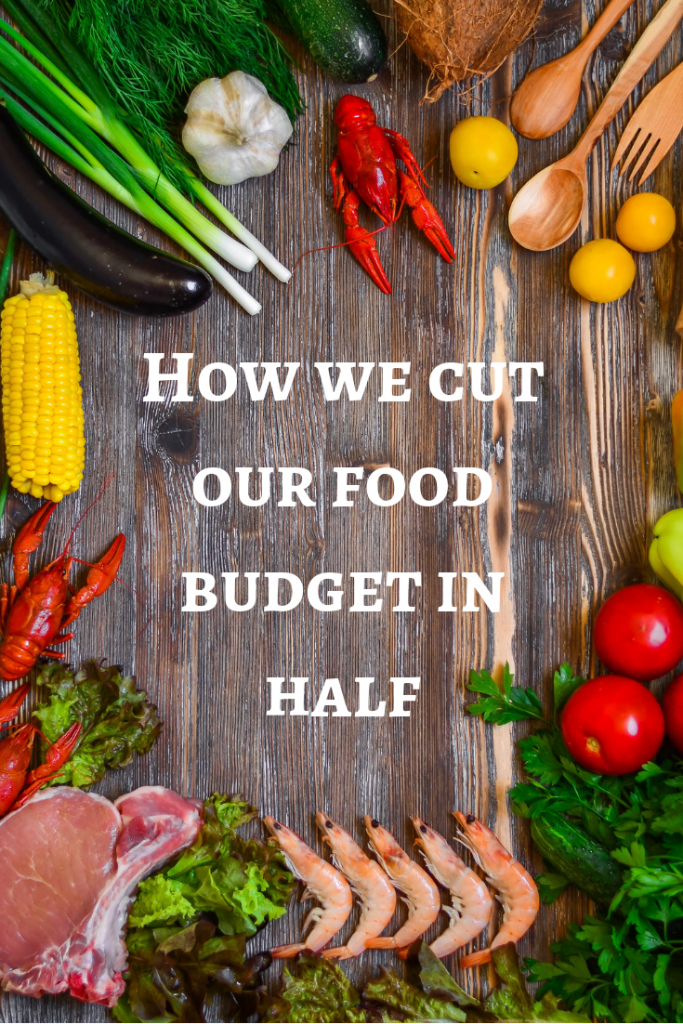


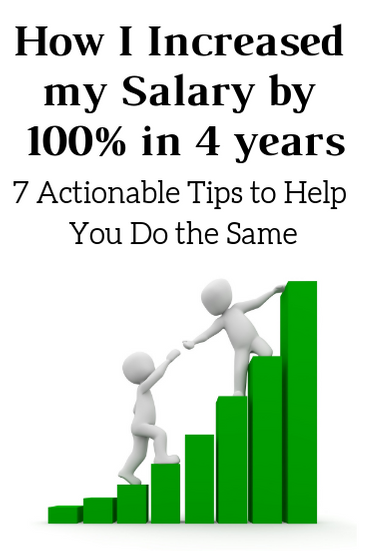
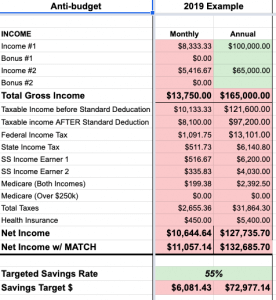

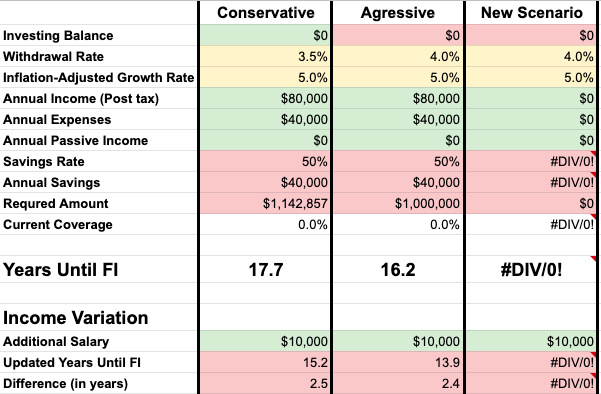
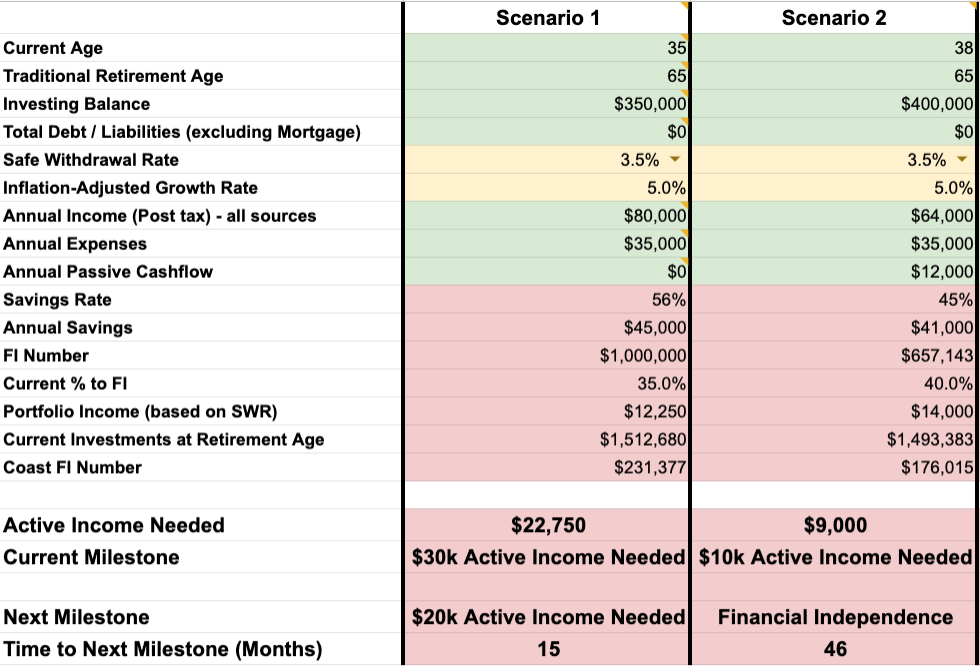
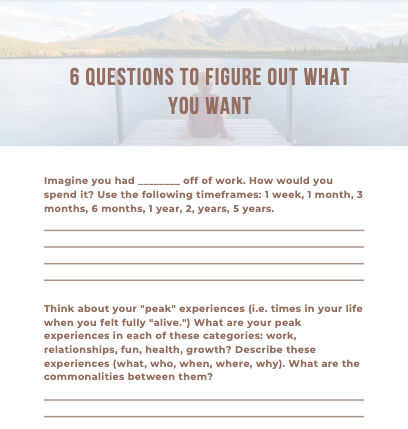
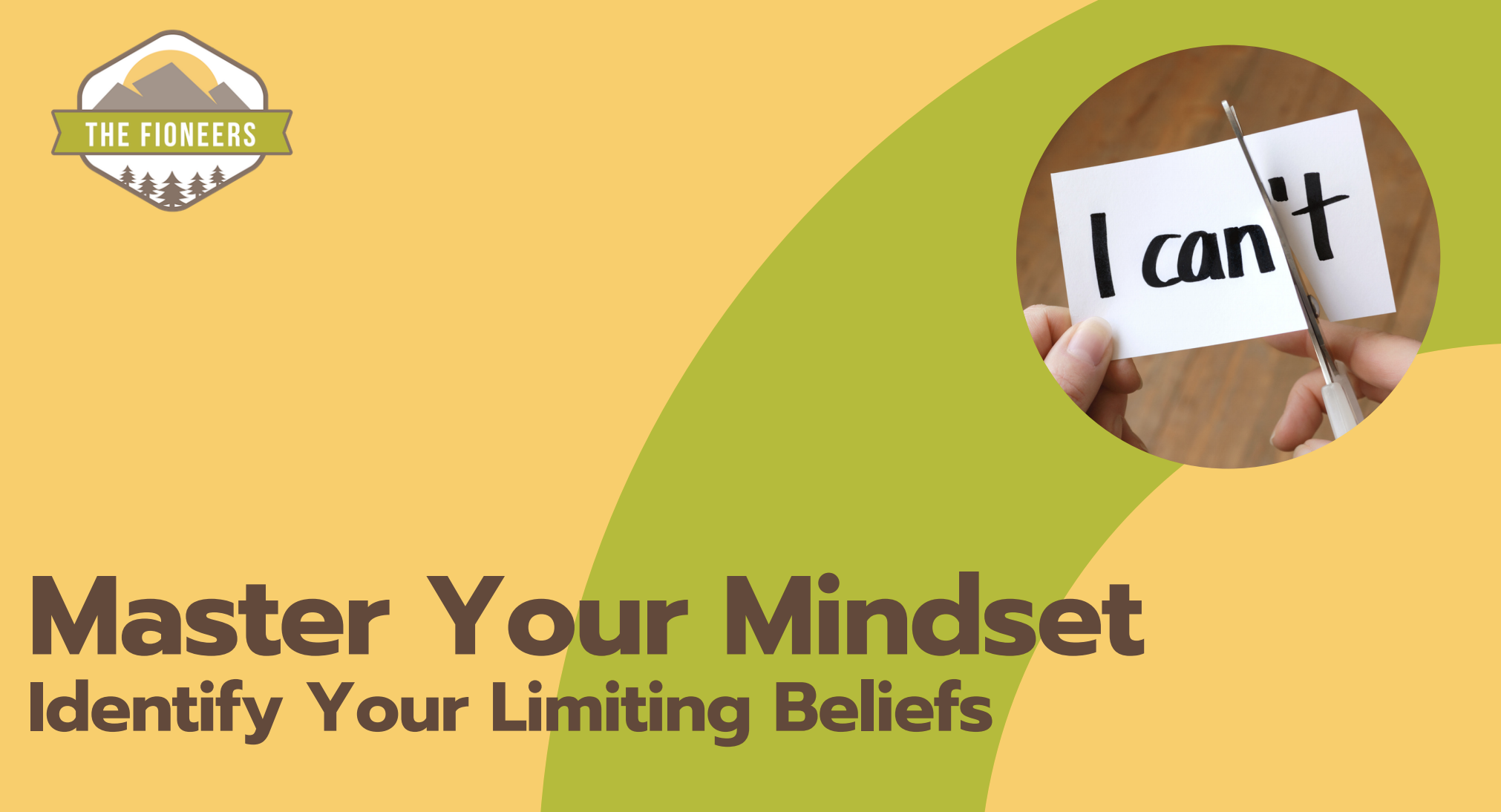
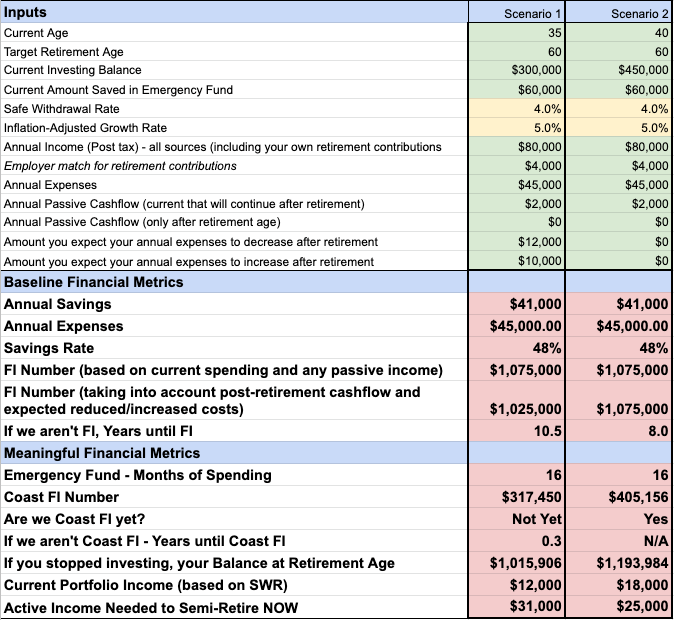
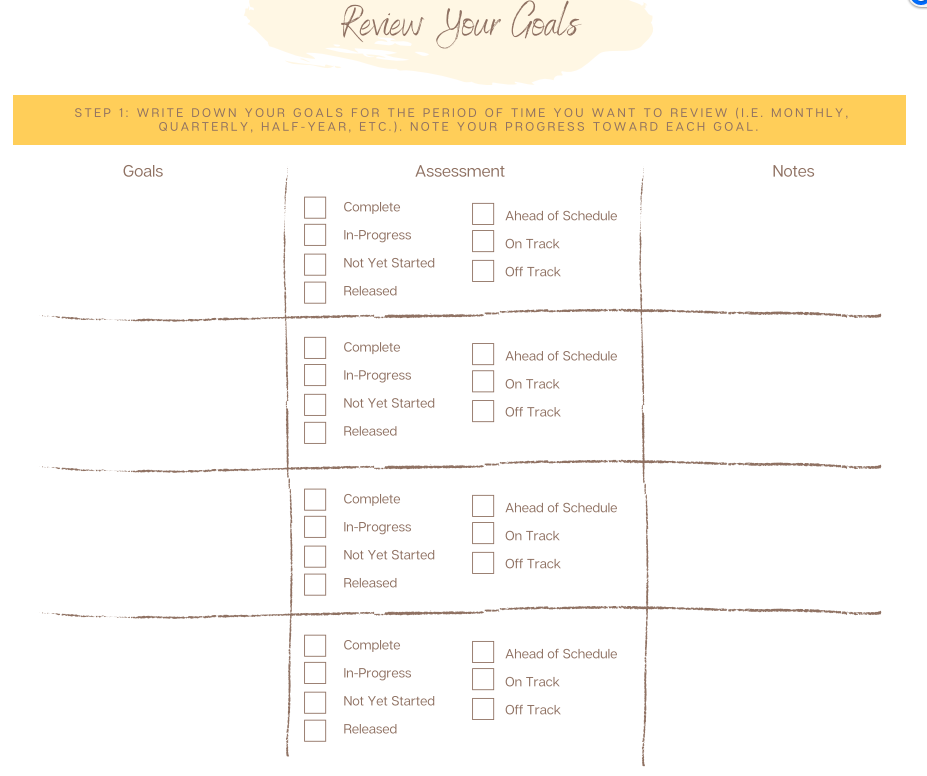
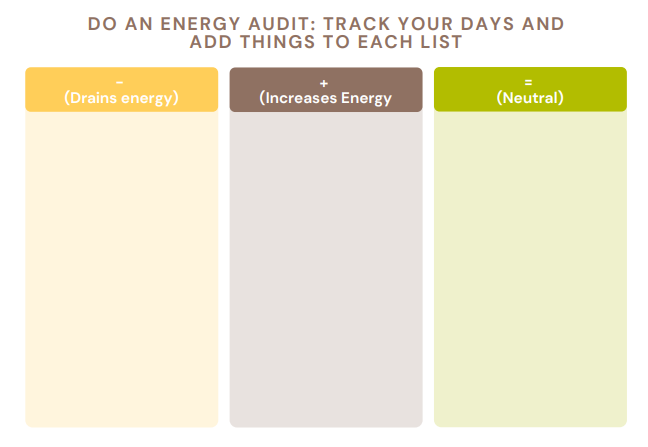
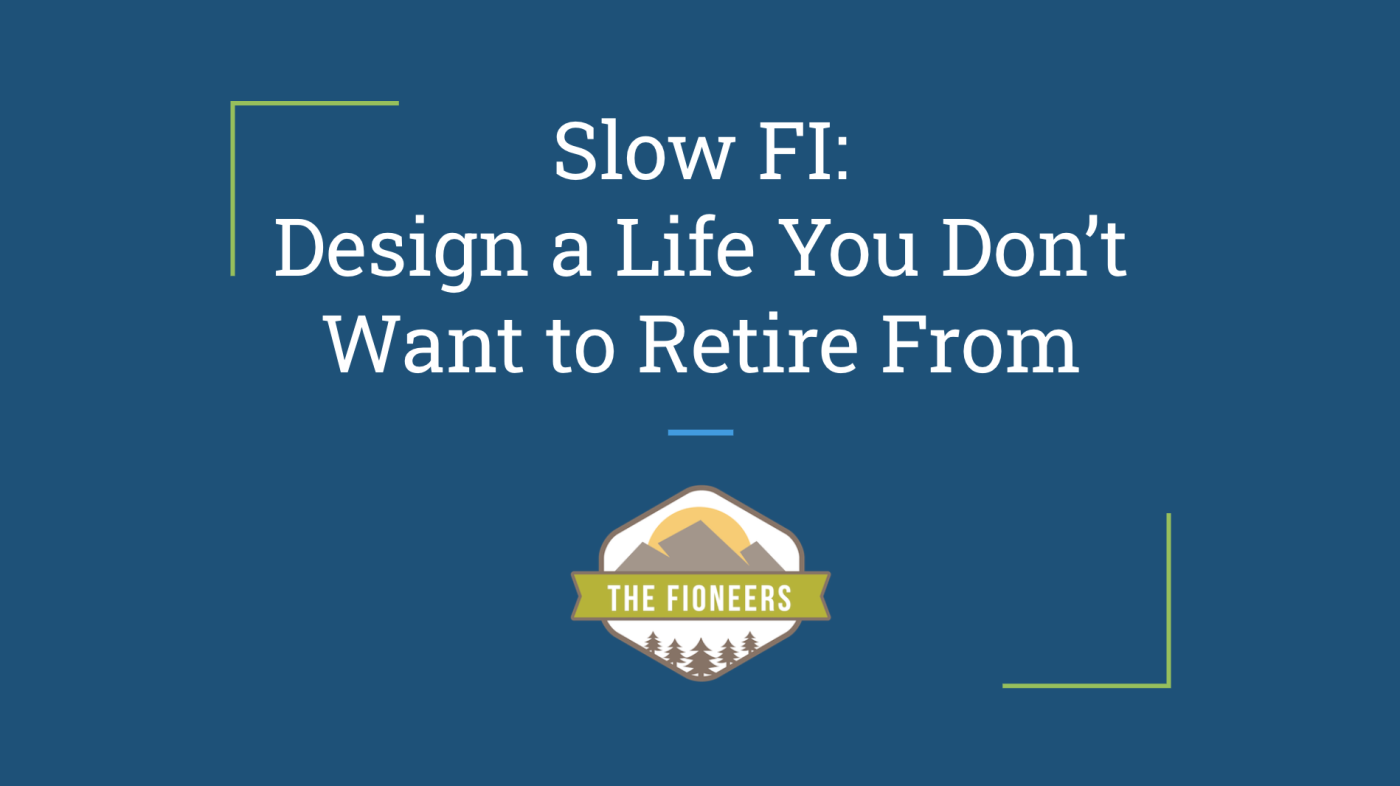
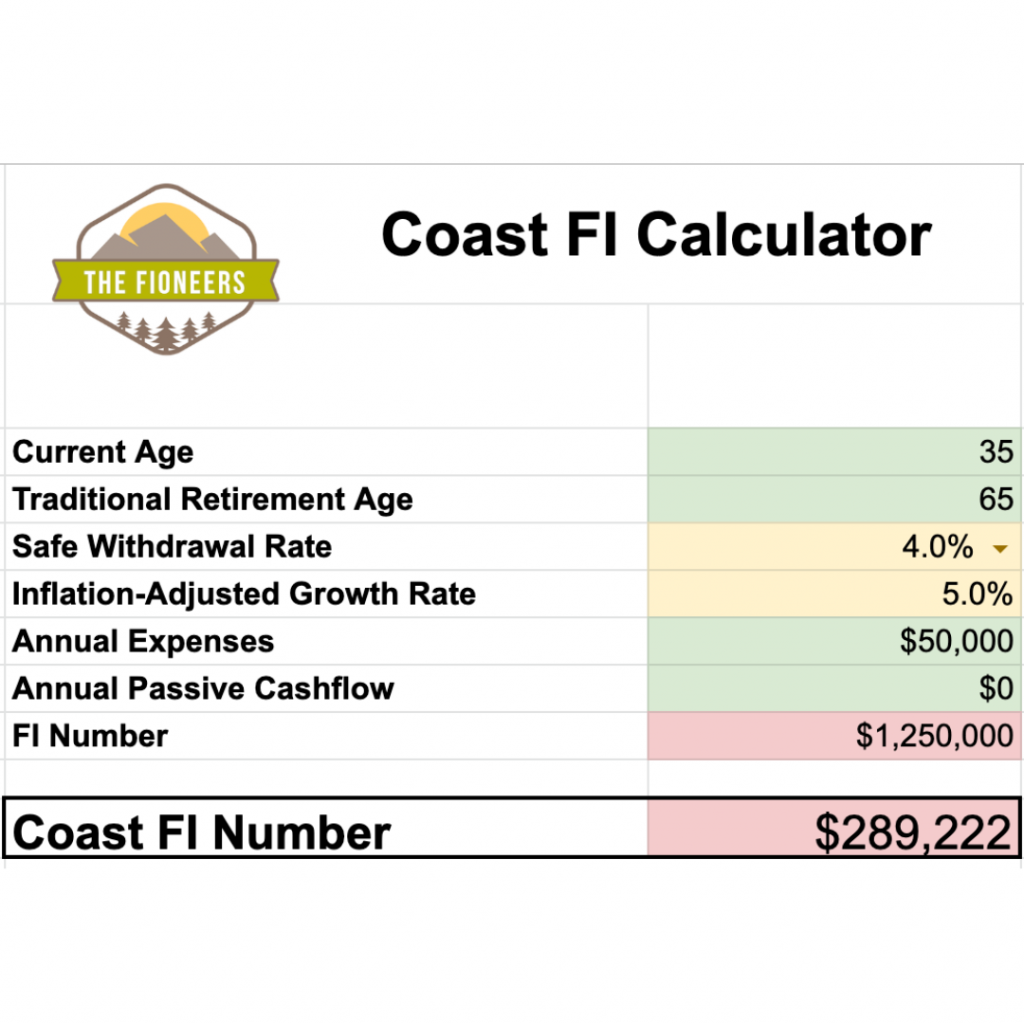



I love this so so much, your story is amazing! I’m the one who is wanting to FIRE in my relationship, my boyfriend is not on the same page yet.
I will certainly ask him about his ideal life, great ideas! Thanks a lot for writing this!
Thanks for your comment! It can be really challenging to be on the same page, but it sounds like you are taking a step in the right direction. It’ll take time.
I love these stories, thanks for sharing yours! TFI and I experienced very similar things, including the tug of war and resentfulness. Jill’s letter to the Mad Fientist was an important part of our transition too.
We’ve been fully aligned for just over a year, and it’s made all the difference. We’re very intentional about staying that way with monthly check-ins on our future vision and to ensure we aren’t sacrificing happiness now for potential happiness in the future.
Thanks for sharing this. Yes, I absolutely loved your story of getting on the same page also. I love your idea of doing monthly check-ins. We don’t do anything quite so formal at this point, but I do think that writing a blog together really helps us be on the same page. We review each other’s writing and brainstorm ideas together, so we’re discussing all of these things very regularly.
I absolutely loved this post. Your experience is reflected in the lives of many others. In my research yesterday I found that 61% of millenial women leave the financial decisions to their husbands (compared to 54% of their parents!)
Hearing your story about getting on the same page is so important because it’s something several couples struggle with. It seems like every other question is how to get your spouse on board. It sounds like not only did you get on board with Corey, he got on board with you too. And you hit the nail on the head: it’s not about understanding Roth IRAs or VTSAX, it’s about being inspired together towards a goal.
Thanks Mechanic! Yes. It is pretty amazing that women still mostly leave their financial decisions to their spouse, but being there, I can see it happening. It’s been a pattern in society for so long that sometimes we accept the default.
And yes – I agree. It wasn’t that I got on board with Corey. He also got on board with me. His pursuit of FI was much more around saving money and mine, once I got there, was much more about figuring out my ideal life and working toward that now. 🙂
This post is so powerful. Congrats to you for getting on the same page and building momentum with your finances (and general respect for each other)! My biggest take away from this post is the idea of doing a book swap with my partner Adam and proposing the idea on Valentines Day (how romantic -right?) He will have me reading something like The White City (I can already guess what book he will have me read). I rarely read fiction, while he loves it! Anyhow, I have to take some time to think about what “money” book I will recommend for him…hmmm…. Your Money or Your Life!!!
See, we are a lot like you as a couple only I seem to think like Corey…
That’s awesome! 🙂 I’m so happy that this could inspire you to do something fun like a book swap! I’ll be interested to hear how it goes!